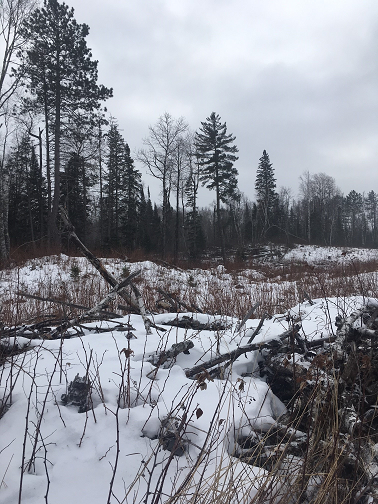Overview
This silvicultural prescription was a cooperative effort with the Forestry and Wildlife Departments within the DNR. On a landscape level, lots of this country has been cut and traditionally come back as a plantation or pure aspen; conversely, the motivation for this prescription was to increase diversity. It is a source of moose habitat so maintaining that was a priority as well. Following a harvest of the site, mechanical methods were used instead of chemical treatments. Both the Forestry and Wildlife Departments are pleased with the outcome of the prescription.
Silviculture Objective(s)
Less trees per acre were planted in order to get a more diverse stand. 800 TPA is a typical regime for a stand after harvest but for this stand 500 TPA was the target. A combination of black spruce, white pine, and Norway pine were planted. Wildlife habitat was a focal point of this prescription; to that end, non-hazardous snags and all pine species within the site were reserved during harvest and at least five sound downed logs of a minimum size were left per acre. Trenching and spraying were not used as site preparation measures to prevent herbicides in the environment; in addition, hand release is used rather than aerial spraying to clear species around the planted pine.
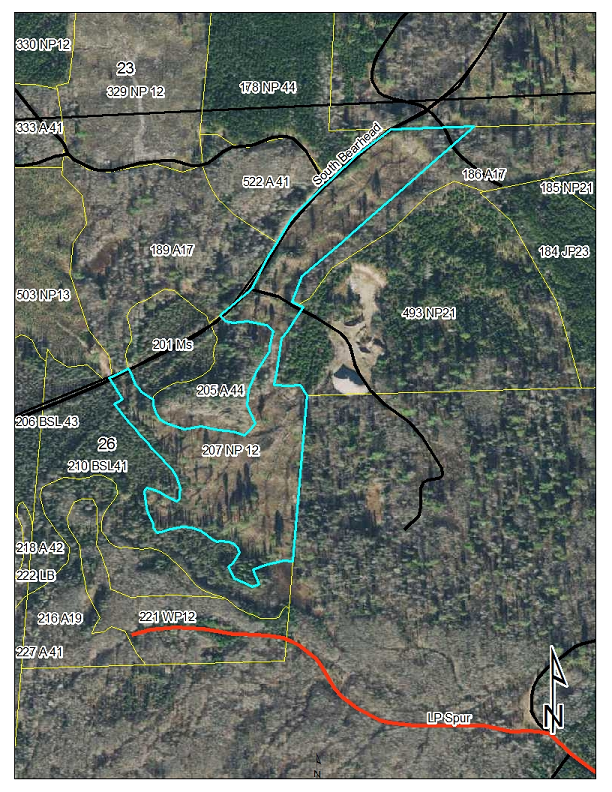
Figure 1: The stand in question is outlined in teal.
Pre-treatment stand description and condition
Stand establishment and management history:
Planted in May 2014.
Pre-treatment species composition:
Plant Community (NPC):
- FDn33b:
- Aspen - Birch Woodland
- Ground layer- large-leaved aster, bracken fern, Canada mayflower, sweet-scented bedstraw, ground pine, wild sarsaparilla
- Shrub layer- red raspberry, beaked hazel, quaking aspen, red maple, juneberry, balsam fir, fly honeysuckle
- Canopy- quaking aspen, balsam fir, paper birch, white spruce
- Aspen - Birch Woodland
Pre-treatment growth and stocking:
Table 1. Planting stock table from May 2014.
| Crop Species | Stock (%) | Trees/acre | Stock Type | Age |
| Black spruce | 15 | 75 | Container | 1-0 |
| Norway pine | 50 | 250 | Bareroot | 1-0 |
|
White pine |
35 | 175 | Bareroot | 2-0 |
Table 2. Crop tree species summary from regeneration survey 30 March 2015.
| Crop Species | Stock (%) | Trees/acre | Average height (ft) | Height range (min) | Height range (max) | Damage type |
| Black spruce | 18 | 90 | 0.5 | 0.5 | 0.5 | - |
| Norway pine | 50 | 341 | 0.5 | 0.5 | 0.5 | - |
| White pine | 32 | 182 | 0.5 | 0.5 | 0.5 | Deer browsing |
Table 3. Competitor tree species summary from regeneration survey 30 March 2015.
| Competition Species | Stock (%) | Trees/acre | Average height (ft) | Height range (min) | Height range (max) |
| Aspen | 95 | 4800 | 3 | 3 | 4 |
Table 4. Crop tree species summary from regeneration survey 10 April 2017.
| Crop Species | Stock (%) | Trees/acre | Average height (ft) | Height range (min) | Height range (max) | Damage type |
| Black Spruce | 30 | 70 | 2 | 1 | 2 | - |
| Norway pine | 80 | 285 | 1.5 | 1 | 2 | - |
| White pine | 60 | 160 | 1 | 1 | 2 | Deer browsing |
Table 5. Competitor tree species summary from regeneration survey 10 April 2017.
| Competition Species | Stock (%) | Trees/acre | Average height (ft) | Height range (min) | Height range (max) |
| Aspen | 60 | 440 | 3 | 1 | 4 |
| Red maple | 15 | 25 | 3 | 2 | 3 |
| Paper birch | 5 | 10 | 3 | 3 | 3 |
Pre-treatment forest health issues:
None.
Silviculture Prescription
Harvest will take place in winter of 2012-2013. All pine and non-hazardous snags will be reserved. Cut trees will be kept off crop trees, and slash will be piled in order to facilitate planting. Rock raking will be used as a site preparation treatment. Regeneration checks will take place at the 1-, 3-, 5-, and 8-year marks. Interplanting could be an option depending on whether or not TPA decreases. Tending methods are dependent on the outcome of the regeneration checks.
What actually happened during the treatment
During the winter harvest of 2012-2013, all merchantable trees (paper birch, trembling aspen, red maple, mixed spruce, balsam fir) were harvested. Mixed spruce consisted of 25% black spruce, 75% white spruce. While all snags within 50 feet of South Bearhead Road were felled, all other non-hazardous snags and all pine species were reserved for wildlife habitat trees. Operation was carried out during non-rutting soil conditions. Biomass harvest—which was allowed and carried out—was optional but not purchased as part of the sale instead, while slash was tightly piled on landings for future burning. Haul roads were regularly maintained in a safe and usable condition and were restored to pre-sale conditions. Skidding was not allowed on forest roads. Recreation trails were kept free of equipment, slash, piled timber, and any harvest-related structures. At least 5 sound downed logs greater than 6” diameter and 6 feet in length per acre were left.
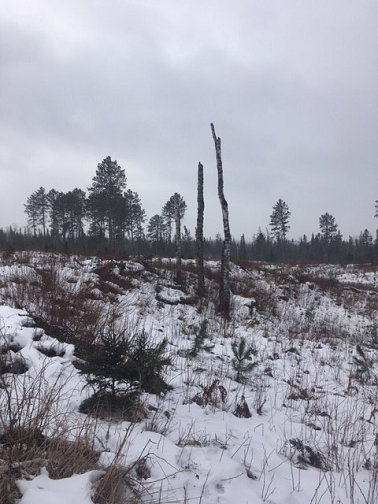
Figure 2: Non-hazardous snags were reserved during the harvest.
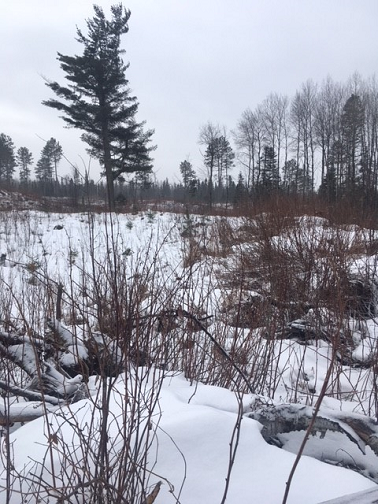
Figure 3: A pile of vegetation in the foreground formed by the rock rake, with a reserved tree in the background.
Rock raking was used as a site preparation treatment. This consisted of a skidder pulling a chain in order to push brush and regen into rows about 2-3 feet high. Rock raking has skips and misses and can promote some of the other vegetation to have some survival, thereby increasing the opportunity for higher diversity.
Post-treatment assessment
Perform five- and eight-year checks after planting. Parts of site could use a brush saw and hand release now but could also wait until five-year check and reassess. Monitor and adjust as needed, maintaining 3-5 foot clearing around each crop tree. Long-term objectives include maintaining a diverse stand and keeping the crop trees up to the 400 TPA standard; if crop trees get below 400 per acre then interplanting is likely an option.
Plans for future treatments
Currently in monitoring stage. Thinning at 15-20 years.
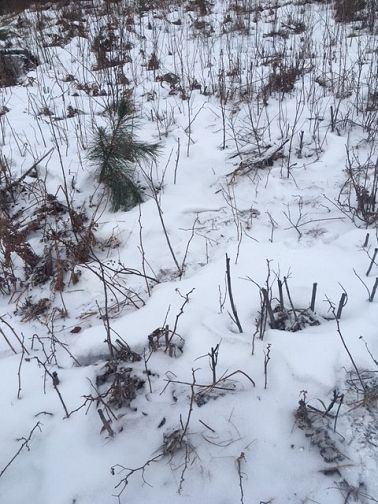
Figure 4: Upcoming regeneration checks at the 5- and 8-year stages will dictate the next course of action.
Costs and economic considerations
Winter 2012-2013 timber harvest*
| Species | Product | Quantity | UOM | Bid Value |
| Paper Birch |
Woodsrun; Cordswood |
400 | Cd | 5612.00 |
| Trembling Aspen | Woodsrun; Cordswood | 250 | Cd | 7717.00 |
| Red Maple | Woodsrun; Cordswood | 85 | Cd | 1192.55 |
| Mixed Spruce | Woodsrun; Cordswood | 25 | Cd | 361.25 |
| Balsam Fir | Woodsrun; Cordswood | 20 | Cd | 255.00 |
| Any Listed Species | Offered Optional Biomass | 500 | Tons | 0.00 |
Total Bid Value: $15,135.80
*It is important to note that this timber sale includes two stands, one of which was the stand in this case study.
Rock rake took place 06/15/2013 at $135.00/acre with 20 acres recorded as treated = $2700.00
Planting took place on 05/22/2014 at seedling cost of $75.00/acre and labor cost of $26.20/acre with 18 acres recorded as treated = $1821.60
Brush saw TSI took place on 06/10/2016 at $140.00/acre with 18 acres recorded as treated = $2520.00
Regeneration costs are done in-house by field staff and do not factor into the silvicultural budget.
Other notes
Invasive species—spotted knapweed, thistle, and tansy—were found on the landing and road, though not in the stand. They have been treated as of 7/5/17 with Milestone VM and Escort XP. Herbicides were not used in the stand, just along the access route and gravel pit. Follow-up treatment is planned for summer 2019.
Summary / lessons learned / additional thoughts
While this silvicultural prescription differed from traditional regimes carried out by the Forestry Department, both the Wildlife Department and the Forestry Department were satisfied with the outcome. Beyond the harvest and regeneration, in the future potential treatments include using a brush saw and hand release following the five- or eight-year regen check, interplanting to maintain 400 TPA, and thinning at the 15-20 year mark. The conditions are in place to have a diverse stand into the future to support a wide variety of wildlife while still having a productive stand; the diversity will also serve to decrease the extent to which climate change affects the stand, ensuring its longevity for years to come.
Submitted by
Lane Moser
Lane got his passion for silviculture over the course of achieving his B.S. and M.S. in forestry from the University of Minnesota. He has worked at the Sustainable Forests Education Cooperative since early 2022. Lane is also currently pursuing a PhD at the University of Minnesota; his specialization and research interests include both silviculture and soil health and structure, particularly as they relate to the aspen cover type.
